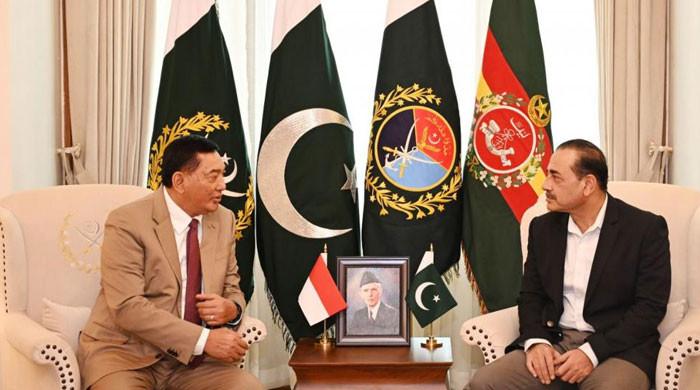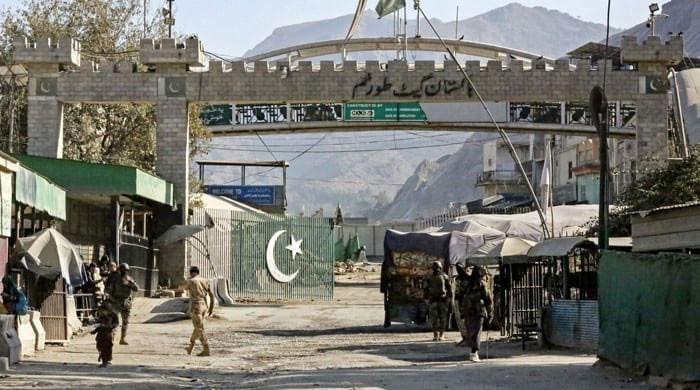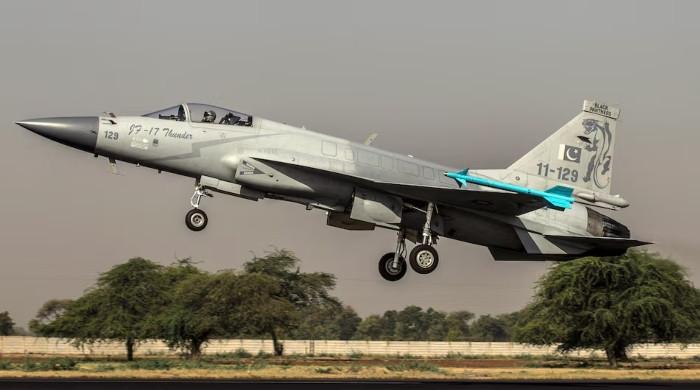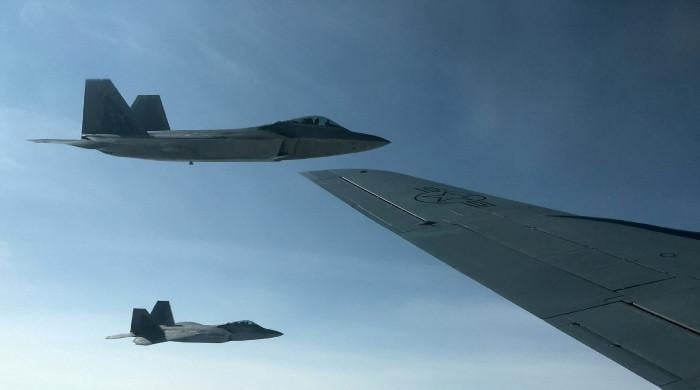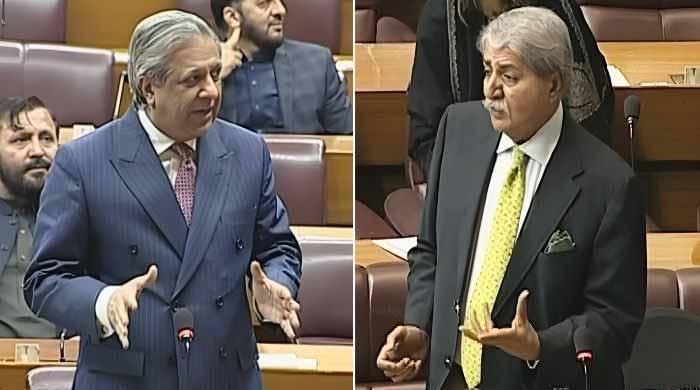NA-133: How did PPP perform better than expected?
PPP secured 32,313 votes in a stronghold of the PML-N
December 06, 2021
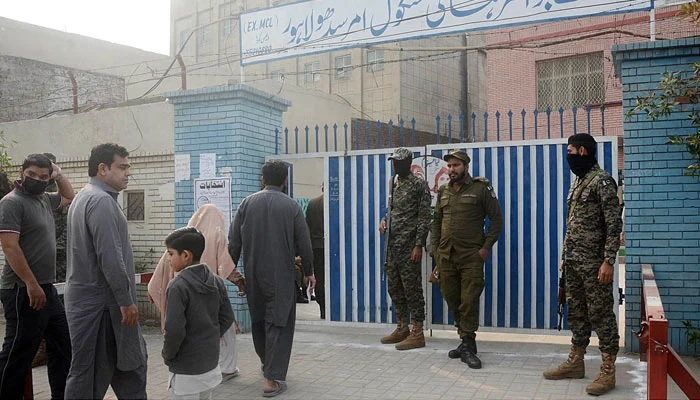
The by-election in Lahore’s NA-133 on Sunday has generated a debate on social and conventional media.
The result was a surprise. Not because the PML-N won its sure shot constituency, but because the PPP secured 32,313 votes in a stronghold of the PML-N.
For the PPP, that is a massive jump up, from racking in only 5,585 ballots from here in the 2018 general election.
So, what happened? Is PPP the dark horse in Punjab, which both the PML-N and the ruling PTI are underestimating?
We might have to wait till 2023 to answer the latter, but let’s examine some factors that could have led to the PPP exceeding expectations:
One, this by-election was the first assignment of the newly appointed president of PPP in central Punjab, Raja Pervaiz Ashraf. The former prime minister is also the only PPP member of the National Assembly from central Punjab, which is why he was handed the responsibility to organise the election campaign in NA-133.
There were also reports of PPP’s central body allegedly allocating party funds up to Rs50 million to their Lahore organisation for an effective campaign. But since this cannot be verified, let’s move on to the other factors.
The other aspect, that went in favor of the PPP, was PML-N’s complacency.
The PML-N was certain of a win. Why would they not be? They have been winning this constituency since 1990, except in 2002 when Tahirul Qadri managed to bag it. So, prior to the polls, PML-N’s electioneering was lackluster.
In fact, they only took the election seriously when the PPP began door-to-door campaigns. PPP’s party workers and leadership from Karachi and Gilgit-Baltistan arrived in Lahore to support the door-to-door canvassing. They even divided the union councils and appointed supervisors for each campaign unit.
In the constituency, the PPP went after the votes of the Christian community and focused on lower-income areas such as Green Town and Bagrian Pind.
Now over to the other factor: the anti-PML-N vote. Since there was no PTI candidate in the running, which has secured over 77,000 votes in 2018, it is possible that some PTI votes went to the PPP. Since the PTI, Tehreek-e-Labbaik and PAT all unofficially supported the PPP to cut down to size the PML-N.
As the saying goes, the enemy of my enemy is my friend.
Now if this was a three-way fight between PML-N, PTI and PPP, the result may have remained the same but the votes polled for PPP could have been significantly different. But let’s not forget that in the past the PPP has had a sizable vote bank in this constituency too.
In 1988, its candidate polled 56,903 votes from here. In 1993, it got 44,766 votes. But since then its vote share has been declining in this constituency, until the recent by-poll.
PTI’s disqualification from NA-133 benefited the PPP not just in this by-poll, but to also create the impression that the PPP is still relevant in Punjab.




